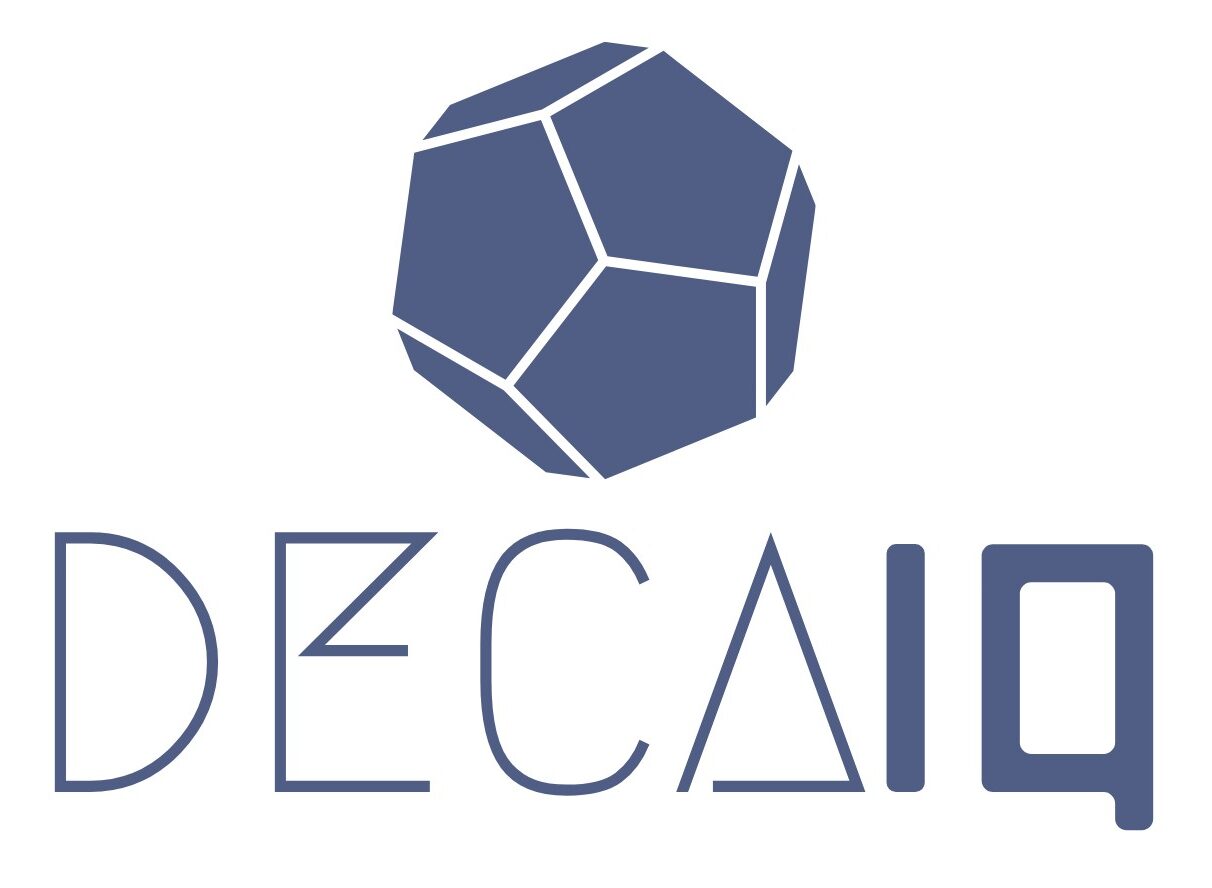Organizations have long recognized data as a valuable asset, but few succeed in translating that potential into real business outcomes. The key shift is moving from an asset mindset—focused on storage and control—to a data product mindset, where data is intentionally designed, governed, and delivered to meet consumer needs. Companies that embrace this approach unlock greater trust, usability, and measurable impact, turning data into a true driver of competitive advantage.
1. From Asset to Product Mindset
While treating data as an asset emphasizes its long-term value, organizations must go further by adopting a product mindset. This means designing data with a clear consumer in mind—whether that consumer is an internal business unit, an algorithm, or an external partner. Like any product, data should be discoverable, usable, reliable, and continuously improved.
Key takeaway: Viewing data as a product ensures it is not just collected and stored, but actively shaped to deliver measurable business value.
2. Building the Foundations: Governance and Trust
Data cannot generate value without trust. Establishing robust governance frameworks—covering ownership, accountability, and stewardship—is critical. This involves:
- Clear documentation of data lineage and definitions
- Standardized quality checks and remediation processes
- Strong data privacy and security measures
- Transparent access policies to balance availability with compliance
Key takeaway: Trustworthy data underpins adoption; without it, even the most advanced analytics or AI initiatives falter.
3. Designing for Consumption and Usability
To maximize impact, organizations should treat data delivery with the same rigor as product design. That means:
- Ensuring accessibility through intuitive tools and self-service platforms
- Packaging data in ways that align with consumer needs (dashboards, APIs, datasets)
- Embedding feedback loops so data products evolve with business requirements
Key takeaway: The value of data lies in consumption. If it is not usable, it cannot create impact.
4. Scaling Through Culture and Change Management
Even with the right technology and governance, many organizations fail because of cultural barriers. To truly scale data-as-an-asset thinking, leaders must:
- Foster a data-first culture, where decisions are routinely supported by insights
- Invest in literacy programs to upskill employees on data interpretation
- Align incentives so business units are motivated to both contribute and consume quality data
Key takeaway: Culture is the multiplier. Without it, data initiatives remain siloed experiments.
5. Measuring Value Creation
Like any asset, data must demonstrate return. Leading organizations track both operational metrics (e.g., data quality improvements, reduced processing time) and business impact metrics (e.g., revenue uplift, cost savings, risk reduction).
Key takeaway: Measurement transforms data from an abstract asset into a tangible driver of performance.
Conclusion: Data as a Strategic Differentiator
Organizations that master the transition from data as an asset to data as a product position themselves to unlock sustained competitive advantage. By embedding governance, focusing on usability, nurturing culture, and measuring impact, they transform raw information into actionable intelligence—making data not only a resource to be managed, but a strategic differentiator to be leveraged.








0 Comments